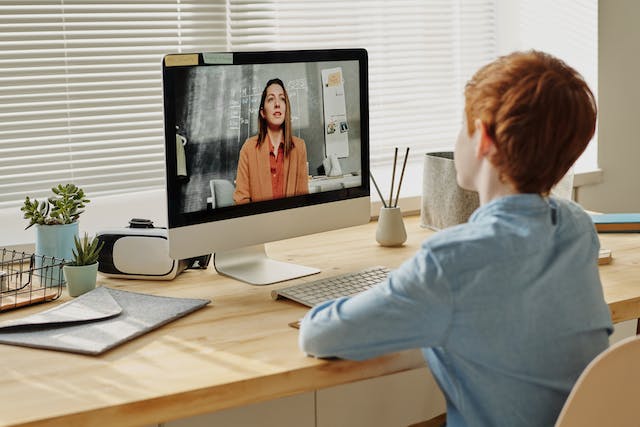In the ever-evolving realm of education, educators serve a pivotal function beyond the mere dissemination of knowledge. They actively contribute to the creation of an environment that fosters concentration and motivation among students. The cultivation of an engaging and stimulating classroom atmosphere is deemed indispensable for optimal learning outcomes. This article delves into five fundamental strategies employed by dedicated educators to facilitate and sustain focus and motivation among their students.
- Establishing a Positive Learning Environment
At the core of student success lies the imperative to establish a positive and inclusive learning environment. Educators who actively nurture a sense of belonging and community within their classrooms lay the groundwork for sustained focus and motivation. By fostering positive connections with students, educators establish an environment in which students experience a sense of value and support.
Achieving this involves promoting open communication, encouraging collaboration, and addressing individual needs. When students perceive that their opinions are not only heard but also respected, they are more likely to engage actively and find motivation to participate in the learning process.
Moreover, a positive learning environment contributes significantly to a sense of security and emotional well-being, thereby enabling students to focus more effectively on their academic pursuits.
- Incorporating Varied Teaching Methods
Acknowledging the diversity in students’ learning styles and preferences, effective educators employ a myriad of teaching methods to maintain classroom dynamism and engagement. Integration of multimedia resources, interactive activities, and hands-on projects allows educators to cater to the varied ways in which students absorb information.
Furthermore, incorporating real-world examples and practical applications facilitates the connection of theoretical concepts to students’ daily lives. This not only enhances understanding but also fuels motivation by highlighting the relevance of academic content.
A dynamic and varied teaching approach captures students’ attention, rendering the learning experience more enjoyable and contributing significantly to heightened focus and motivation.
- Setting Clear Goals and Expectations
Clarity in goals and expectations is pivotal in assisting students in understanding the purpose of their educational journey. Educators who effectively communicate learning objectives, assessment criteria, and the relevance of the material empower students to take ownership of their education. A transparent roadmap allows students to stay focused and motivated as they perceive a direct link between their efforts and academic success.
Additionally, collaboration between educators and students in setting personal goals fosters a sense of purpose and direction. Celebrating minor achievements along the way provides positive reinforcement, strengthening the connection between effort and success.
Through fostering a sense of purpose and achievement, educators play a substantial role in sustaining the motivation of their students.
- Providing Constructive Feedback
Constructive feedback serves as a potent tool to guide students toward improvement and boost their motivation. Timely and constructive feedback from educators aids students in comprehending their strengths and areas for growth.
By spotlighting specific accomplishments and suggesting areas for improvement, educators actively contribute to the development of a growth mindset among their students.
Tailored and actionable feedback motivates students to contemplate their performance and implement requisite adjustments. When students perceive that their efforts are acknowledged and their progress is recognized, they are more likely to remain motivated and focused on continuous improvement.
- Leveraging Technology to Elevate Learning Experiences
In the contemporary educational sphere, the intentional integration of technology, such as Chromebook monitoring software and others, emerges as a crucial factor in nurturing enriched learning experiences. This kind of software allows educators to monitor student activity and help them stay focused on the task at hand, while also being able to offer help on the spot.
Through the seamless incorporation of interactive digital tools, online resources, and educational software, educators possess the capacity to craft dynamic and compelling lessons tailored to diverse learning styles.
This approach not only fosters active participation among students but also facilitates a deeper comprehension of the subject matter. The discerning use of technology serves the dual purpose of equipping students for a technology-centric future and instilling a collaborative and adaptable approach to the learning process.
Conclusion
Educators wield an essential influence in molding the educational journey for their students. By establishing a positive learning environment, incorporating varied teaching methods, setting clear goals, providing constructive feedback, and encouraging a growth mindset, educators significantly contribute to the focus and motivation of their students. As the field of education continues to evolve, these strategies remain essential in creating classrooms where students not only thrive academically but also develop a profound and lasting love for learning.




